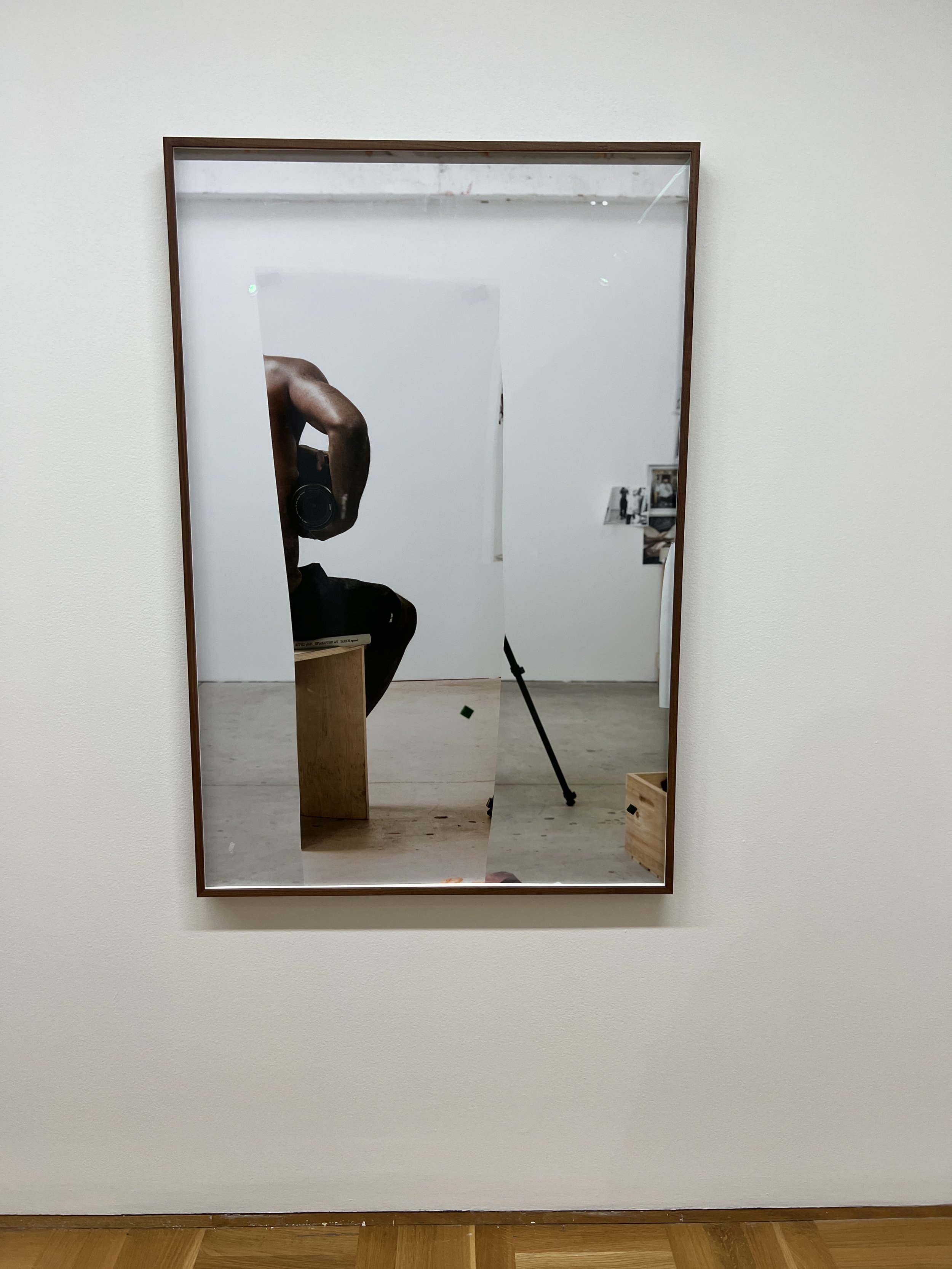Quick Visit - Chicago
One of my friends invited me along for a conference in Chicago, and I couldn’t resist. At that point, I’d only been to Chicago for a talk at the American Society for Cell Biology conference years ago, and I was so busy with the schedule that I didn’t get to see much of the city. This was my chance to explore!
MCA Chicago
Exhibits at MCA Chicago
I started with the Museum of Contemporary Art, and it did NOT disappoint! I suggest arriving a little bit ahead of your entry time and grabbing a bite at the onsite cafe, Marisol Restaurant & Bar.
Interiors
I started at the top of the museum and worked my way down. Interiors was an exhibit meant to shift away from the tendency to focus on marginalized people bodies for representation in art but instead, highlighted works that turned inward. One of my favorites from this collection was Paul Mpagi Sepia’s Mirror Study.
Paul Mpagi Sepuya -Mirror Study (OX5A1237), 2017 - Archival pigment print
At first glance, Paul Mpagi Sepuya's Mirror Study (0X5A1237) might seem like a digitally manipulated image, presenting the artist's impossibly contorted torso, thighs, and legs. Yet, upon close inspection, it becomes clear that the image of the artist holding a camera is a scrap of another photograph, which has been taped to a mirror and then rephotographed. This central rectangular fragment obscures the artist's reflection while displaying him turned away from us, twice restricting our view of his body. Sepuya plays with mirrors, layers, and shapes to abstract his self-portrait, which concealsas much as it reveals.
There’s also the work of Donald Rodney, photographed by Andra Nelki, that’s a small house in the palm of Rodney’s hand just months before his passing. See the caption for notes from the placard.
This photograph, taken by photographer Andra Nelki a few months before Rodney's death, shows the artist's outstretched hand, upon which sits another of his artworks, a small house sculpture. The fragile structure is composed of pieces of Rodney's skin that were removed while he underwent surgery for sickle cell anemia. The photograph's title not only alludes to the complex dynamics of identity, family, and inheritance, but also gestures to the futility of living within the precarious structures of both the artist's own afflicted body and a racist, xenophobic Britain.
Forecast Form: Art in the Caribbean Diaspora, 1990s- Today
This exhibit had some of my favorite works in the museum.
Sandra Brewster’s gel transfer on the wall. Even when the exhibit is removed and sanded down, there will still be some of the work embedded into the wall, which the plaque called “a poignant reminder of the histories buried within cultural institutions.”
Wilson Harris: “even in my dream, the ground I knew I must not relinquish”, 2022
Lorraine O’Grady’s The Fir-Palm, 1991/2019
In The Fir-Palm, a slanting tree emerges from the base of a Black woman's back. This tree is a composite of two types: a New England fir and a Caribbean palm. While each of these trees is strongly associated with different geographic regions, their merger alludes to Lorraine O'Grady's experience as the Boston-born child of West Indian immigrants from Jamaica.
I have a lot of new favorites now, especially Christopher Cozier. The black ink on paper with incredible detail is called “Dem things does bite too?”
Museum of Science & Industry
I also had a chance to check out the Museum of Science and Industry. You can dissect an eyeball there!
I was surprised to enjoy the exhibit on the war, counterintelligence, and the U-boats as much as I did. Who knew the phrase “loose lips sink ships” could be traced back to winning the war? I know I didn’t!






